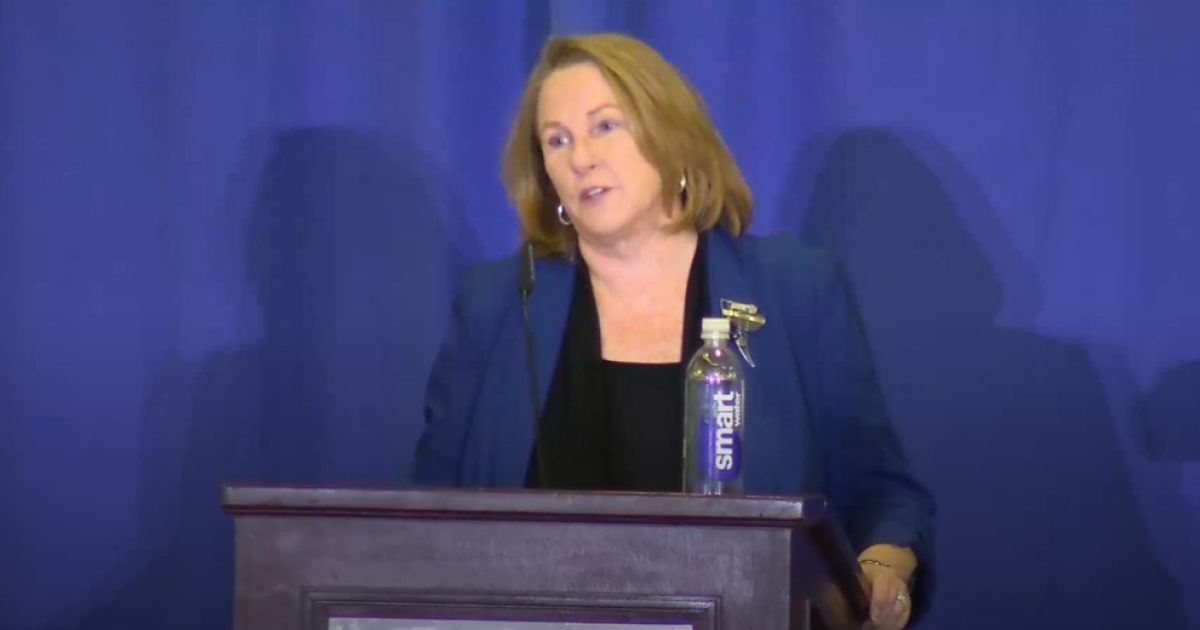Organizational listening is a superpower. When we studied diversity, equity and inclusion, the most impactful practice proved to be listening to employees to understand barriers to inclusion and taking effective action. In our definitive guide to organization design, we learned that only one in 10 companies actually involves employees in organization and work design—yet it’s critical to understand accountabilities.
And when we studied employee experience, advanced people analytics surfaced as the most important technology. The message is clear: Listening is not something confined to the employee experience function or the people analytics team; it spans every area of business and HR.
Systemic listening: It’s already here
Next-generation listening approaches can help everything in the company, and some of the world’s best are already using these approaches today.
Talent acquisition
A large retail company saw that candidate diversity was dropping in its technology group, so the analytics team conducted candidate surveys and studied where the diversity candidates dropped off in the recruiting cycle. The team concluded the drop was related to lack of diversity on interview panels and instituted a new interviewer selection process to mitigate this.
Employee experience
Microsoft listens to a different subset of employees each day, with pulse surveys that rotate so every person has the opportunity to share their voice approximately once per quarter. This approach helps the company understand and address employee concerns in a timely way.
Learning and development
Bank of America built out a massive academy to develop business skills, leveraging life stages to frame personas and developing capabilities for customer service employees around empathy and inclusion.
Diversity, equity and inclusion
In the social unrest of 2020, Target organized various listening sessions facilitated by senior leaders. The DEI team provided them with ground rules and facilitation tips, with the result that thousands of people spoke their minds in these sessions. Then, the team aggregated insights to determine what next steps to take.
Culture and values
IBM has been doing “values jams” since the early 2000s, crowdsourcing ideas of what the values should be and how to manifest them in the real world. Rather than developing the values statements as aspirational messages from the senior leadership team, these values are expressions of the lived experiences of every IBMer—and they change over time, just like the people in the company and the environment.
Organizational design
To deal with the clinical healthcare shortage, Providence is using design workshops with nurses to involve them in redesigning the work to be “top of license”—with nurse input at the center of transformation work.
Hybrid work
Rabobank used employee listening to create a new hybrid work reality. They conducted focus groups and surveys, talked with senior leaders and frontline employees, and brought in behavioral data of actual meeting attendance, productivity and performance to shape the future of work at the bank.
Pay equity
Unilever organized various listening sessions facilitated by senior leaders to understand employee concerns and inform appropriate actions. These sessions helped Unilever identify and address pay equity issues,and even build its own pay system, UFlexReward.
Pay and benefits
Deutsche Telekom used design thinking to tailor executive benefits programs, rather than just benchmarking or assuming to know what benefits would be most useful for their senior leadership.
Performance management
The Indian Hotels Company realized through daily employee listening pulses that its competitive, ratings-centric approach to managing performance inhibited the collaboration necessary to create a world-class customer experience. After leadership changed the performance-management approach, not only were people much more engaged, but customers also were delighted because now everyone works together to make their stay not just good but outstanding.
HR technology
JPMorgan Chase applied the mantra “Simplify, simplify and then simplify some more” to its legacy HR processes, which were often complicated and localized for no other reason than “history.” Through this approach, it defined key workforce personas and redesigned 130 detailed processes to shift complexity for employees to the back end, with radically reduced support ticket volumes as a result.
See also: Josh Bersin-Why tech is an ‘essential element’ of HR | Video interview
Operational outcomes
T-Mobile uses Crowdicity (by Medallia) to enable store employees to submit ideas and suggestions ranging from strategic to operational. Ideas on how to deal with change—planned or unplanned—are also voted on, and people can see where implementation stands. For example, Hawaii-based store employees voted in the suggestion to create a sign in their stores that said, “No shoes, no shirt, no service,” helping store staff avoid issues impacting their productivity and performance.
Customer satisfaction
A large U.S. bank decided to turn off music in branches as a cost-cutting measure. However, leadership didn’t anticipate that the resulting silence would make customers hesitant to share confidential information with tellers, fearing that others would overhear them. Employees relayed this issue to management, highlighting that the silence was not only affecting their ability to do their jobs but also negatively impacting the customer experience.
The evolution of listening technology
The listening market has evolved significantly over time, moving from a focus on transactional efficiency to a more holistic, people-centric approach:
1. Annual surveys: In the early stages, the measurement of employee engagement was primarily done through annual engagement surveys. These surveys were designed to measure specific work-related issues and their impact on productivity.
2. Pulse surveys and action plans: With the advent of mobile technology, companies started conducting more frequent pulse surveys. These surveys provided real-time data and uncovered issues that needed immediate attention. Over time, companies started developing intelligent dashboards that showed real-time results and recommended action plans for managers.
3. Continuous response: This incorporates all the good work from the prior stages and moves to a model of action. Companies not only expand the type and nature of input they collect, but they also decide who needs to act depending on the employee signals received, and funnel insights directly to that party. Text analytics uncover trends and emerging issues, trigger suggested actions and automate workflows.
AI has been used to enhance employee experience for decades. Analyzing sentiment to identify patterns and trends, predicting areas of concern like turnover and dissatisfaction, correlating drivers of impact and providing personalized communication, nudging and insights for HR and managers are established in listening platforms like Medallia, Qualtrics, Perceptyx, Peakon (part of Workday) and Glint (part of Microsoft Viva).
The start of a new era in listening: Finally, a true dialogue
Generative AI opens up a true two-way dialogue between the employee and the company that’s infinitely scalable. While previous solutions helped the organization take appropriate action or tell somebody to look at an issue, with generative AI, the company can immediately respond to the employee.
For example, if somebody asked, “What are my colleagues paid?”, generative AI wouldn’t just store this as a “comment” but respond in the right way. If you are like SAP, it would show the salary range for the employee (more on this in our detailed business case study on the journey to pay equity at SAP). Otherwise, it would give an appropriate answer highlighting the company’s pay strategy and any actions taken to create more equitable rewards.
Related: 6 ways Josh Bersin thinks AI can ‘superpower’ HR in 2024
This is significant: In addition to the company asking the employee questions and the employee responding (whether that’s through annual surveys, pulse surveys, lifecycle surveys, or passive listening and response), the employee is now in the driver’s seat to ask the company anything and get a response. If you think this through, the opportunities for dialogue are significant, ranging from informational to transactional and cultural.
In turn, the questions provide a rich data set that the AI uses to tune employee benefits programs, candidate experiences, rewards strategies, learning approaches or work design. Added to other input from traditional sources, it creates a rich system to “activate employee feedback”.
Employee activation to solve business problems
Yes, efficiently responding to issues is important, and so is elevating the employee experience—rooted in seeing the workforce as the most critical stakeholder of our work in HR.
But in today’s ever-changing world of work, HR needs to “fall in love with the problem”—and that includes understanding the employee perspective deeply, empowering the frontline to provide ideas and suggestions, and supporting everybody in the organization to take action in the flow of work. With this approach, employee listening is no longer just a feedback mechanism; it becomes critical in driving business strategy and innovation.
For more, tune in to our upcoming webinar “Listening in the Post-Industrial World” (11 a.m. PST Oct. 31), where we’ll unpack these insights. For members of The Josh Bersin Company, we offer industry studies, collections, reports, tools, case studies and advisory sessions including our “Definitive Guide to Employee Experience.” Join the Josh Bersin Academy for our courses on employee experience and the voice of the employee, and learn from thousands of others how to do this better.
*
Julia Bersin, senior research analyst at The Josh Bersin Co., contributed to this column.
Credit: Source link











